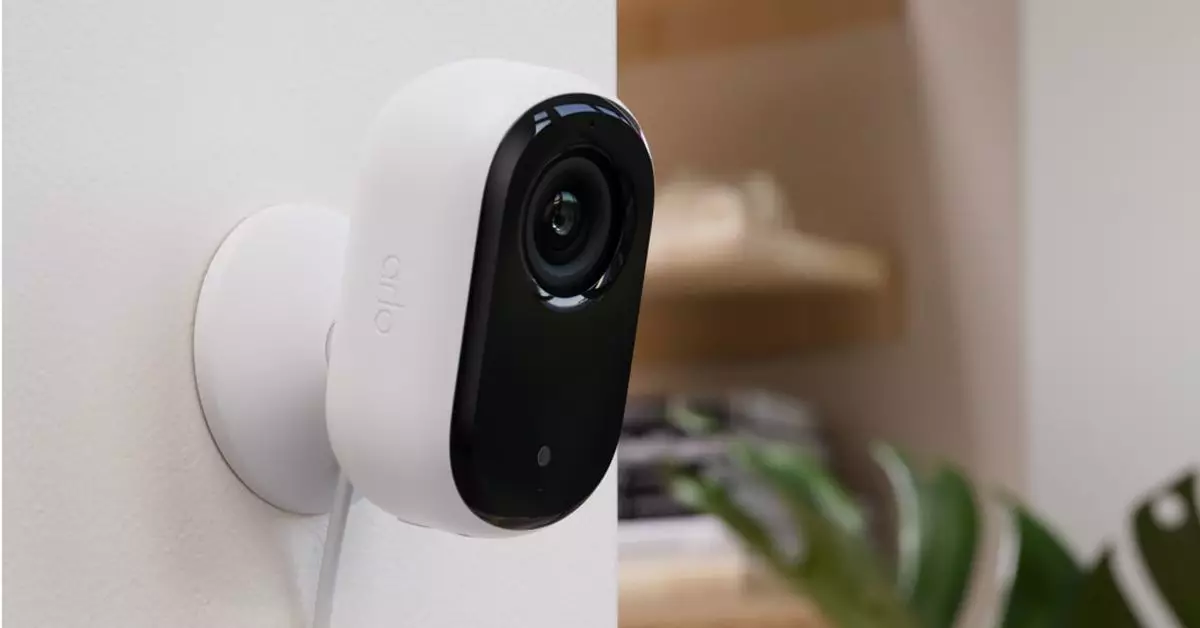Smart home technology has become increasingly integrated into daily life, leading to a growing number of consumers using devices like Arlo’s security cameras. However, with the enhancements in the technology landscape come challenges, not least of which is the rising cost associated with such devices. Recently, Arlo announced a significant price increase in its subscription plans, leaving many customers weighing the value of their services against the escalating expenses.
Arlo’s latest adjustments to its Arlo Secure subscription plan reflect a shift in strategy as the company raises its monthly fees. The basic plan, which allows storage for a single camera’s recordings, now sits at $9.99 — a marked increase from the previous $7.99. Even more striking is the unlimited camera plan, which now costs $19.99 per month, rising from an already increased fee of $17.99. Once characterized by affordability, the entry-level plan’s latest price represents more than a 300% increase from the original $2.99 fee that customers enjoyed. This continuous hike raises a crucial question: Is the price justified by the new offerings?
Moreover, Arlo now consolidates its pricing tiers under the name ‘Secure Plus’, discarding the previously distinct ‘Arlo Secure’ label. While consumers accustomed to the lower tier might appreciate the Option to maintain an annual plan at the old price for one camera, this strategy seems more like an effort to retain existing customers rather than an attempt to widen their subscriber base.
The rationale behind these price increases seems to hinge on the release of new AI-powered features. In a competitive technology market, such additions are vital for maintaining consumer interest. The introduction of personalized notifications for identified individuals and vehicles, as well as alerts for specific events like the garage door opening or the sprinkler activating, represents a noteworthy step forward in user experience. Additionally, doubling the video storage duration from 30 to 60 days offers some practical enhancements that could justify the higher fees.
However, the question of value may still loom large for many consumers. Those who rely on the free storage options via Arlo Base Stations and SmartHubs might find themselves at a crossroads. While these alternatives avoid subscription fees, they come at the cost of additional functionality that has made smart cameras attractive in the first place, particularly for package detection services.
As the popularity of smart home devices continues to surge, the landscape is becoming increasingly complex. Arlo’s pricing changes highlight both the company’s ambitions and the difficult balance between profit margins and consumer value. Customers must now reassess their cost-benefit analyses given the spikes in subscription costs and weigh them against the enhanced features. This tactic, while likely aimed at scaling the business, may inadvertently alienate budget-conscious consumers who value affordability alongside usability. In a market where options abound, Arlo’s recent choices will undoubtedly shape consumer sentiment as they look toward the future of smart home technology.

